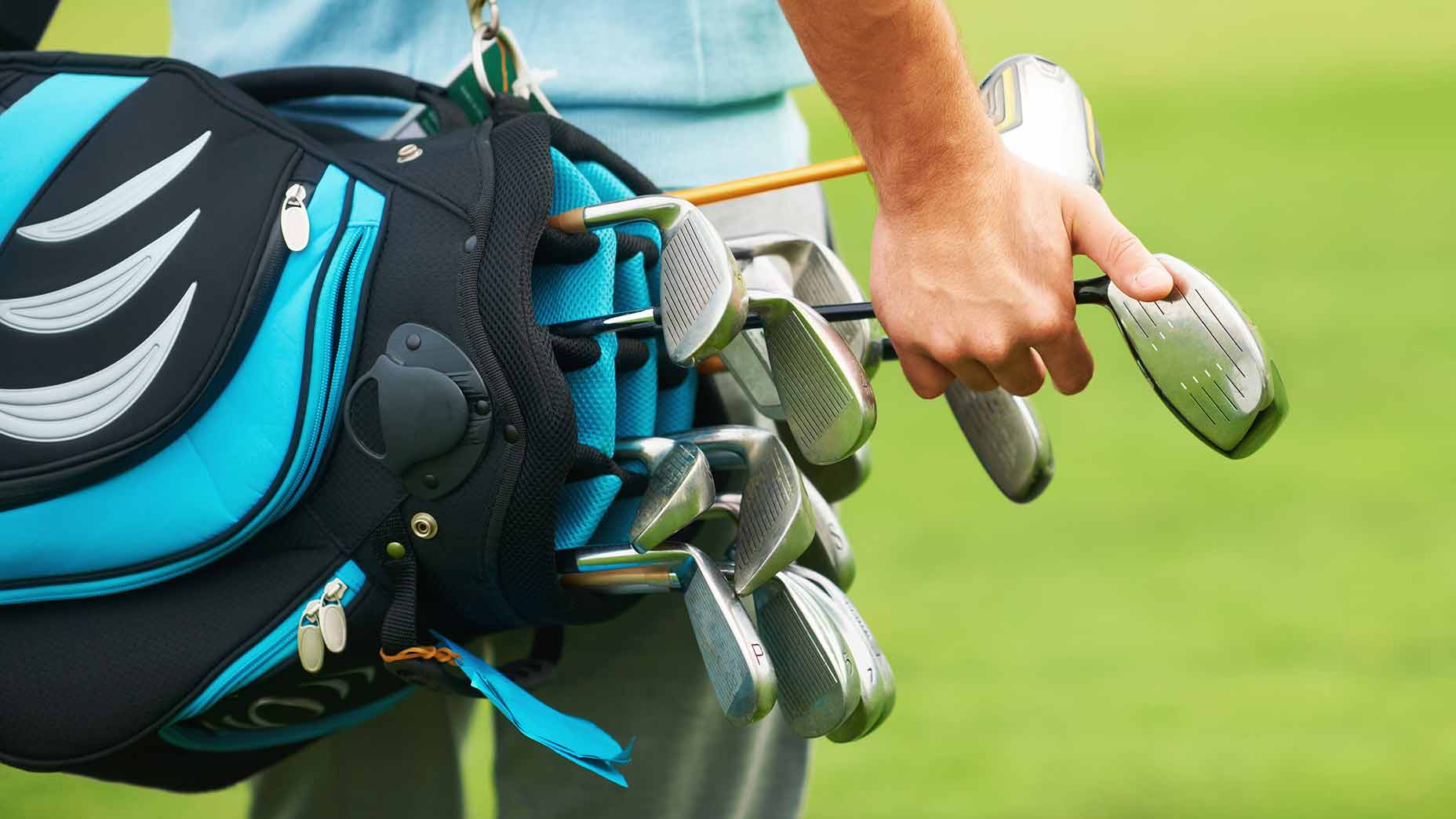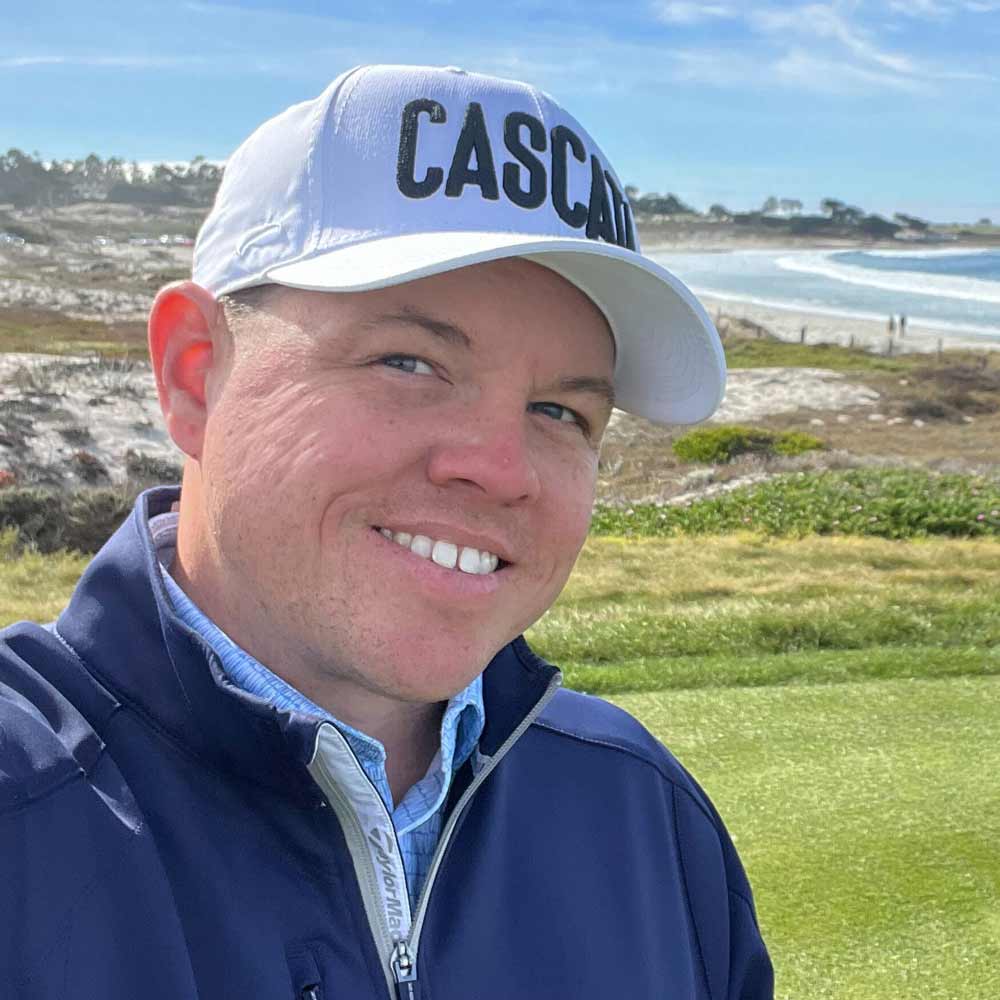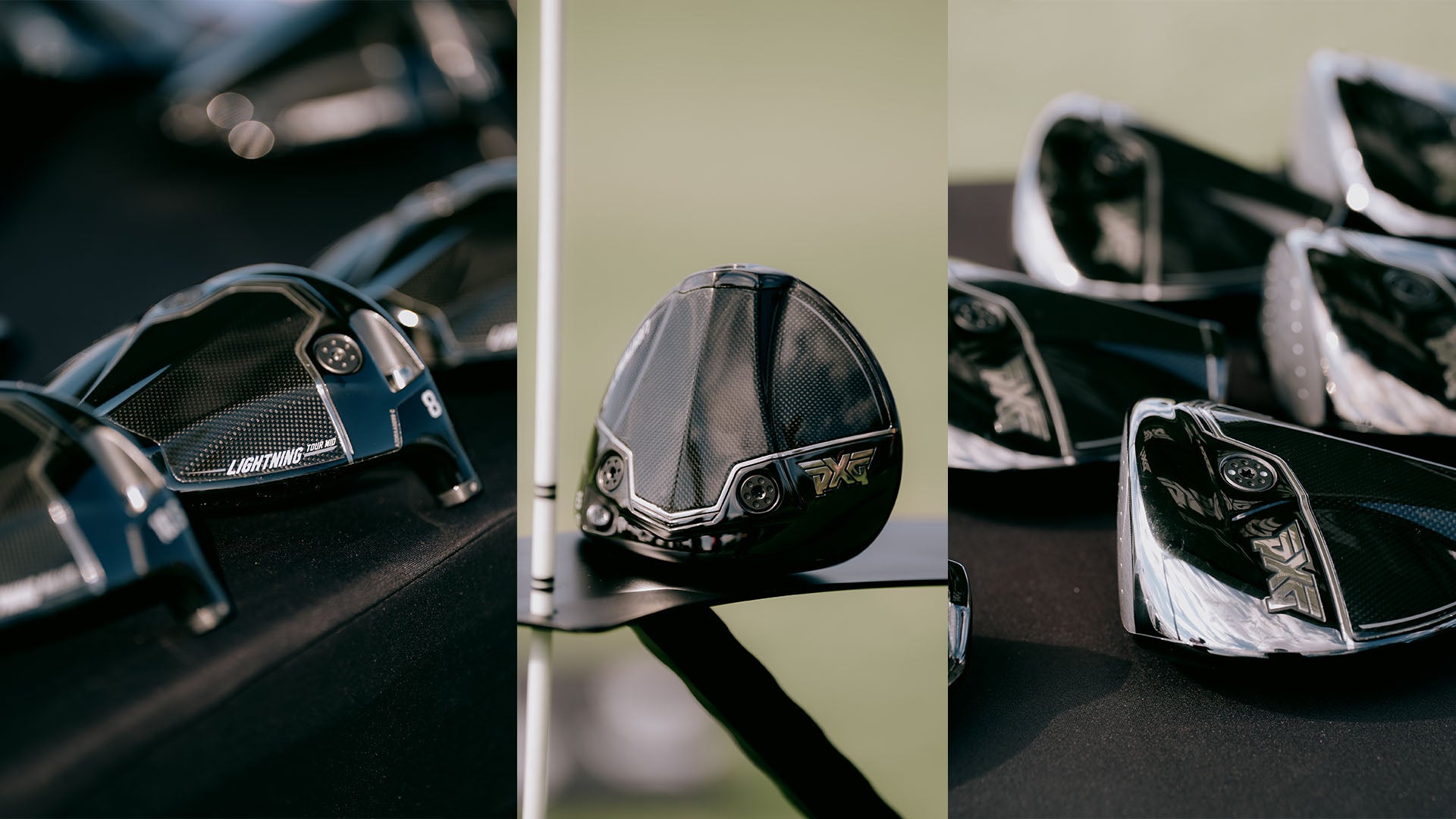With 14 available slots in your bag, what is the most important fitting you can get to help your game in 2025? As a Master Fitting Professional, I could make arguments for every category. However, that wouldn’t be very helpful to all of you on the fence with where to begin your fitting journey and finding the right combinations to improve your game.
So, where to start? The most important fitting for you will depend on your skill level and your overall goals as a player. But with that being said, for the majority of players it’s the driver and putter that are the most impactful on scoring. Here’s what you should know for both.
Driver fitting: Maximizing distance and accuracy
A properly fit driver will optimize launch angle, spin rate and ball speed, which can greatly improve distance and consistency off the tee. Key takeaways from a driver fitting include:
Head design and adjustability (for forgiveness and workability). Selecting the proper head is the biggest lever you can pull in a driver fitting.
Shaft flex and weight (based on swing speed). The shaft is the timing mechanism that delivers the head to the ball and ensures more consistency though impact.
Loft and lie angle (to optimize launch conditions). Selecting the proper loft and lie will optimize spin, impact position on the face and start direction.
Grip size and feel (for control and comfort). The grip is the only connection you have with the club. Finding the correct size, texture and density can fine-tune release rate and grip pressure.

True Spec Golf Club Fitting
Putter fitting: Lowering scores on the green
Close to half of your strokes in a round come from putting, and a putter fitting can drastically improve consistency and confidence. (Not to mention improve the odds of being on the receiving end of a more gracious “gimmie” zone with your weekend group.) Key takeaways from a putter fitting include:
Head design — toe hang vs. face-balanced (based on stroke arc). The head design you play should complement your natural stroke type. How much arc does your stroke have?
Length (affects posture and alignment). The proper length will help a player get their eyes more in line with their intended target line.
Lie angle (ensures proper roll). A proper lie angle will tighten up repeatability with start direction and impact location.
Head shape and weight (for stability and feel). Head shape can have an impact on how a player sees their line. Weight distribution and overall head weight will resonate with a player’s individual feel and ability to control distance.
Optics (aiming and face control). Your optics can influence how you aim your putter and how much loft you deliver dynamically through impact.
Grip style and size (to match stroke type). Shape and size of your putter grip can have more influence on facial awareness than any other club in your bag.
Parting thoughts
A properly fit driver helps you hit your best bombs down the fairway instead of donating balls to the nearest water hazard. And a well-fit putter ensures you’re not three-putting your way into an early retirement from golf. While every club in your bag is important and has a specific job to do, your scorecard will thank you when you dial in the driver and putter. Focus on these fittings, and you’ll spend less time searching for lost balls or second guessing every 20-footer and more time impressing your buddies with your new and improved game.
Looking for a new shaft for 2025? Find a fitting location near you at True Spec Golf.










